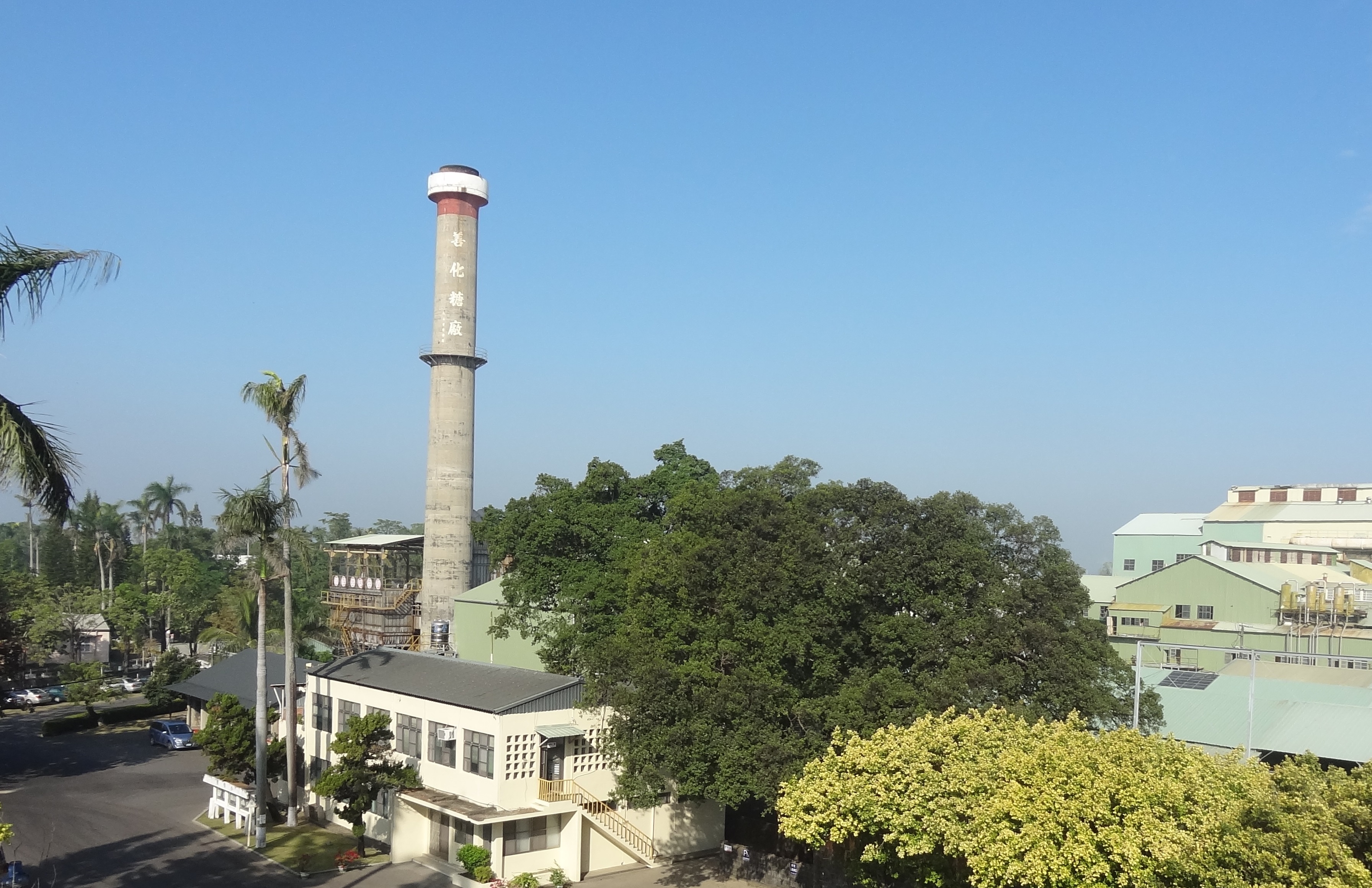Background and Goals
- Shanhua Sugar Factory, located in Ximei Village, Shanhua District, Tainan City, is one of only two sugar mills still in operation in Taiwan. The surrounding area boasts a wealth of agricultural and livestock resources, including TSC-owned Zengwen Farm, piglet farm, organic farm, and organic compost site. Integrating these resources with external resources like raw kitchen waste treatment plants, agricultural waste recycling facilities, and an ecological zone encompassing sugarcane fields, detention basins, and the Zengwen River's bank, could transform this area into an educational agricultural resource circular park.
- The goal is to create a circular symbiosis zone with local characteristics, establishing a model and educational venue for agricultural circular economy.
Implementation Progress
- Since 2018, TSC has been gradually establishing technology for cultivating mushrooms in bagasse grow bags and implementing bagasse recycling. The company is also comprehensively examining technical standardization and gasification reaction efficiency for RDF-5 (Refuse Derived Fuel-5) produced from a combination of bagasse, pig manure, and biogas residue.
- TSC is actively exploring rapid composting technologies for kitchen waste and agricultural waste. This initiative aims to reduce the burden of kitchen waste treatment for local governments, promote waste resource recovery, and enhance environmental beautification efforts.
- The Sugar Division (including Shanhua Sugar Factory, Huwei Sugar Factory, and Xiaogang Sugar Factory) successfully completed the ISO 14064-1:2018 Greenhouse Gas Inventory in 2023. Aligned with the government's net-zero roadmap, TSC is developing reduction strategies based on this inventory.
Future Development
- A comprehensive resource inventory has been completed, encompassing sugarcane production, sugar production, byproducts (bagasse, filter cake), sugarcane growing area, bagasse demand at the organic compost site, the number of pigs at the piglet farm, the volume of raw kitchen waste that TSC handles annually for Tainan City, and nearby tourism and recreational attractions.
- The Shanhua Sugar Factory boasts over a century of history, making it a site of historical significance and promoting the value of sugar industry culture. Plans are underway to transform it into a "living museum" of the sugar industry, a prominent landmark with historical and tourism value. Simultaneously, TSC is collaborating with domestic and international companies to assess and plan for the integration of the Shanhua Sugar Factory and Zengwen Farm into a sugar industry and renewable energy circular park.
Expected Benefits
- The construction of a renewable energy center will integrate organic materials like livestock waste, agricultural waste, and raw kitchen waste. These materials will be converted into electricity through biogas and biomass gasification processes or utilized as biorefinery feedstock. This approach will optimize the use of natural resources, maintaining ecosystem stability and diversity while achieving sustainable circular utilization.
- The vast land area of Zengwen Farm will be planned for the development of an ecological education and experiential learning site, adhering to the concept of industrial symbiosis and circularity. By integrating diverse cultural and creative elements, this project will breathe new life into the old sugar factory, transforming it into a new recreational tourism destination.
Collaboration Partners and Opportunities
Circular Park Management.
- Target: Waste treatment companies, tourism companies, organic compost companies, and food processing companies.
- Cooperation projects: Park energy integration, value-added utilization of bagasse, and waste heat utilization.




